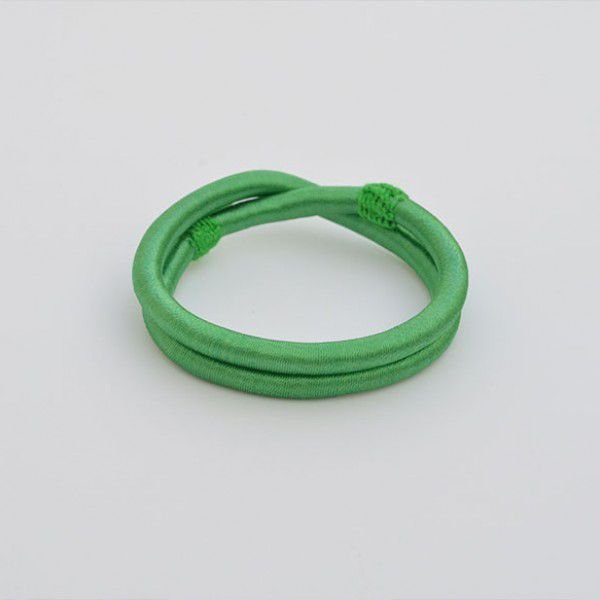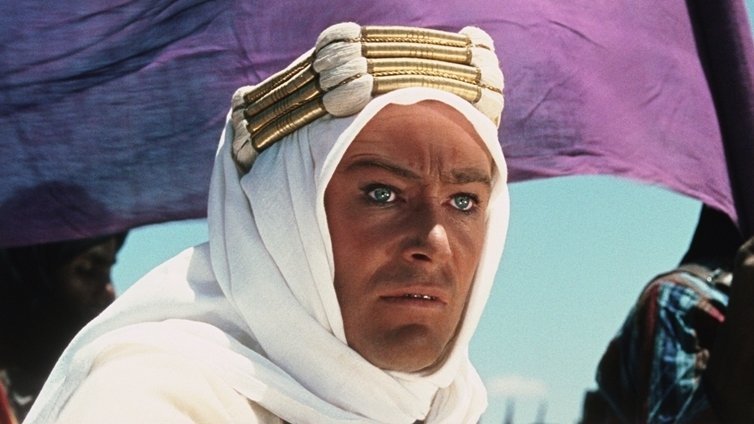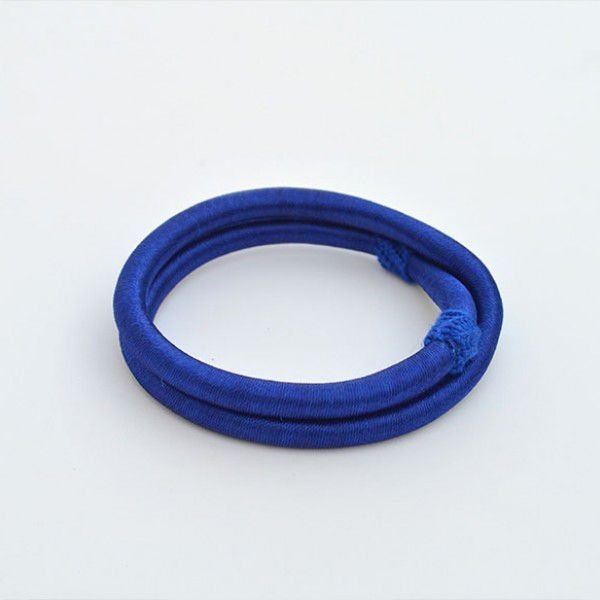










EQAL
It is difficult to determine the origins of the egal in its current form, but most of the drawings, inscriptions and historical sculptures indicate that the Arabs wear many types of turbans, and it is still present as a historical dress in the regions of the Arabian Peninsula, such as Saudi Arabia, the Emirates, and Oman. The oldest signs in wearing an egal appear in the north of the Arabian Peninsula as the two researchers Bruce Ingham and Nancy Lindsay Farren say that the egal was characterized by Arabs with a Bedouin culture from the centre of the Arabian Peninsula to the north. Whereas the urban Arabs in Yemen, the Hejaz, and the Levant, on the eastern and western banks of the Gulf, distinguished themselves by the wearing of the turban, it appears that the idea of using a piece of fabric for the egal is a very ancient idea. The oldest sculpture showing a man in a garment with an egal on the head was found in the Qalban Bani Marra area in southern Jordan during an archaeological mission from the University of Mu'tah.
Today, we wear the egal as part of our traditional dress is partially isolated from his stories and his memory, which may hide several stories and symbols. The egal summarizes the Bedouins ’dignity and pride and carries between its folds and its threads an authentic identity that we rarely find in a symbol. The Infinite sign the work is to not forget how this symbol arose, for the sake of meanings, values, stories and heritage related to it that we must strive to stay it in our generations, which must be repeated and formulated even if they are in the modern form away from losing their identity and authenticity..
